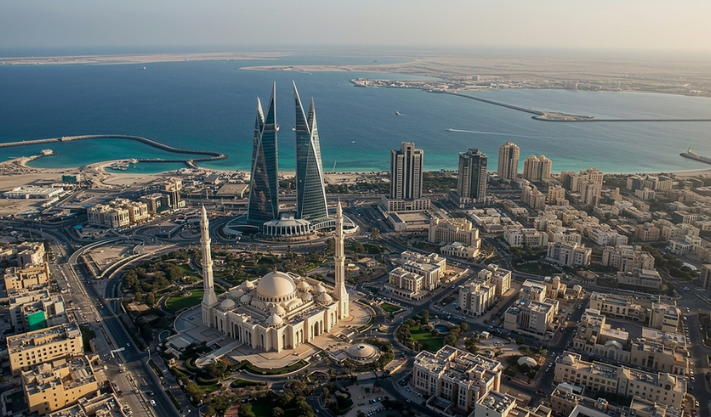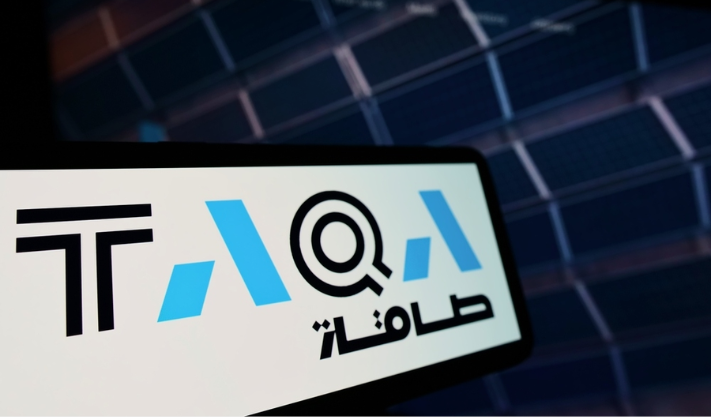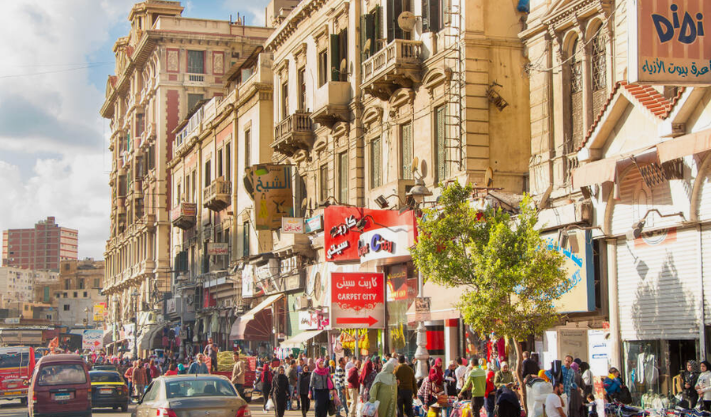Saudi Arabia’s Budget Deficit Grows to $15.7 Billion in First Quarter as Oil Income Falls
Saudi Arabia’s budget deficit grew a lot in the first three months of 2025, reaching $15.65 billion (SAR 58.70 billion). This is much higher than the $3.30 billion deficit during the same time last year. The finance ministry said the main reason was a drop in oil income.
Saudi Arabia’s Quarterly Budget Deficit
The government’s total income dropped 10% from last year to $70.29 billion (SAR263.62 billion), while public spending went up by 5% to $85.94 billion (SAR322.32 billion), making the gap between income and spending wider.
Oil income fell by 18% to $39.94 billion (SAR149.81 billion), while income from non-oil sources increased by 2% to $30.34 billion (SAR113.81 billion).
Even though oil income is down, Saudi Arabia is still focused on its economic changes. The government expects a budget shortfall of $26.93 billion (SAR101 billion) in 2025, as it continues to invest heavily in growth and diversifying the economy.
Saudi Arabia’s public debt reached SAR1.329 trillion in the first quarter. However, the country still has a low debt-to-GDP ratio and strong investor confidence, being one of the biggest issuers of debt in emerging markets in 2024.
Oil Production
Falling oil prices and cuts in oil production have made it harder for Saudi Arabia to earn money, even though the country is still investing in its Vision 2030 plans to diversify the economy and reduce its reliance on oil.
The decision to cut oil supply was meant to stabilize global oil prices, but it also affects revenues, especially for major oil exporters like Saudi Arabia.
In April, Saudi Arabia, along with other OPEC+ members, decided to speed up the end of oil production cuts by increasing oil output starting in May.
Saudi Economy
The International Monetary Fund (IMF) has lowered its forecast for Saudi Arabia’s GDP growth. It now predicts 3% growth in 2025, down from the previous estimate of 3.3%.
The 2026 growth forecast was also reduced to 3.7% from 4.1%. This is due to global challenges, including trade issues, policy uncertainty, and potential financial tightening, which could affect emerging markets. Still, the IMF expects Saudi growth to improve slightly in 2026, as global inflation decreases.
In the first quarter, Saudi Arabia’s real GDP grew by 2.7%. Non-oil activities increased by 4.2%, while government activities grew by 3.2%. However, oil activities saw a 1.4% decline.
Published: 6th May 2025
For more article like this please follow our social media Facebook, Linkedin & Instagram
Also Read:
AD Ports Group signs 50-year deal to develop Egypt’s KEZAD East
Syria to sign deal with Türkiye for electricity import via 400kV line
Banque Saudi Fransi completes $650M Additional Tier 1 sale





